Table of Contents
- Understanding the importance of soil
- Types of soil for healthy plants
- How to choose the right pot?
- Common mistakes to avoid
- Conclusion
- FAQs
Plants are like our silent friends; they bring tranquility, beauty, and fresh air into our homes. The correct soil and pots are essential in order to enable them to grow strong and healthy. People in Indore purchase their favorite greens at the best plant nursery in Indore, but what makes their greens live well at home is the way we take care of their roots. However, the trick is to select the best soil and pot mix that would keep them growing and keep them moist and well fed.
Understanding the importance of soil
Soil is the foundation of every plant’s life. It provides water, air, and food to the plant that boost the growth of roots. Excess or inadequate amounts of the right type of soil would result in plants growing poorly, leaves developing a yellow hue, or even root rot. That is why you should know what kind of soil is required for your plant before planting.
For example:
- Pothos and snake plants will thrive well in soil that allows water to pass easily.
- Flowering plants require soil with high nutrients and which is blended with organic materials like compost.
- Cacti and succulents thrive well in a fast-draining sandy soil.
Furthermore, the correct soil texture maintains the good condition of roots and prevents the issue of excess water. Quality soil also allows air to penetrate the plant, and this further develops the plant.
Types of soil for healthy plants
All soils aren’t the same. They all have their advantages and are good for different plants. Let’s have a look at the most common soil types:
| Soil Type | Features | Best For |
| Loamy Soil | Balanced mix of sand, silt, and clay; retains moisture but drains well | Most indoor and outdoor plants |
| Sandy Soil | Drains quickly; does not hold nutrients for long | Cacti, succulents, and herbs |
| Clay Soil | Rich in nutrients but holds too much water | Flowering plants after adding compost. |
| Peaty Soil | High in organic matter; keeps moisture well | Ferns and moisture-loving plants |
| Silty Soil | Smooth texture; holds nutrients but can compact easily | Vegetable gardens and annuals |
Additionally, the addition of natural ingredients such as coco peat, compost or perlite can enhance the quality of any soil. They contribute to improved aeration and moisture management, both are essential for healthy plant growth.
Moreover, if you are purchasing plants from an online plant nursery in Indore, you can also get ready potting mixes for specific plants. Such products are easy to consume, clean and balanced with necessary nutrients.
How to choose the right pot?
As selecting the proper soil is important, so is selecting the proper pot. The pot is a house to the roots of your plant; the pot must be the correct size, shape, and material to ensure that the plant is at ease.
This is how you will be able to make the right decision:
1. Size Matters: It is always advisable to choose a pot that is slightly larger than the root of the plant. Too small of a pot causes the roots to be crammed in, and too large of a pot causes the roots to stay in too much water.
2. Drainage Holes Are Necessary: Potted plants require drainage holes so that they do not overwater and get root rot. Look at the bottom of the pot and then purchase.
3. Material Choice:
- Terracotta or clay pots- This allows air to flow through and allows the soil to dry. This is good for succulents.
- Plastic pots- These are not heavy and are easy to carry, hence they are good to use indoors.
- Ceramic pots- These are pretty, but you have to watch over them; hence, they cannot contain much water.
4. Weight and Stability: Large plants require large pots so as not to tip over. Plants: Small houseplants are okay with easily handled light pots.
5. Aesthetic Appeal: A pot does not just have a look, but in combination with your decoration, it brings beauty to your home garden.
Therefore, there are numerous pots in the largest nursery in Indore, ranging in the choices of eco-friendly bamboo and decorative ceramic, all designed to keep your plants happy and well see-able.
Common mistakes to avoid
Even the experienced owners of plants can commit minor errors that end up damaging the growth of plants. The following are some of the typical ones that can be prevented:
- Directly using garden soil- It is usually too thick to be used in pots, and it obstructs air.
- Overwatering- Excessive water kills roots; water only after you have checked the soil.
- Improper pot size- Small pots cause a constraint in the growth of roots, whereas large pots contain excess water.
- Ignoring soil refresh- Every 6-12 months the soil refresh should be done with fresh soil to provide the plant with more nutrients.
- Omitting drainage layers- Place pebbles or stones at the bottom of the pot in order to ensure that the excess water is released.
Furthermore, these are the tips to have a healthier environment your plants can grow in.
Conclusion
Plants require not only frequent water or sunlight in order to remain healthy, but they also require good soil and good pots. It is important to know what your plant requires, the soil to be picked, and giving roots enough space to breathe makes all the difference. You may purchase plants at the biggest nursery in Indore or want to shift the existing ones into new pots, but keep in mind that good care of plants begins at the ground level.
However, it will take a little effort and proper selection to ensure a long life for your plants, which will provide you with a natural view and a fresh breath over a long period.
FAQs
- What type of soil is best for indoor plants?
Make use of well-draining and loamy soil that contains compost. It preserves the roots and maintains a balance of moisture.
- How often should I change the soil in my pots?
Change the potting soil after every 6-12 months to provide plants with new nutrients and enable them to grow.
- Why are drainage holes important in pots?
Drain holes allow excess water to escape, meaning they can protect the roots from overwatering and rotting.
- Can I use garden soil for potted plants?
No. The soil in the garden is too solid and thick. So, use a light and nutrient-dense potting mix.
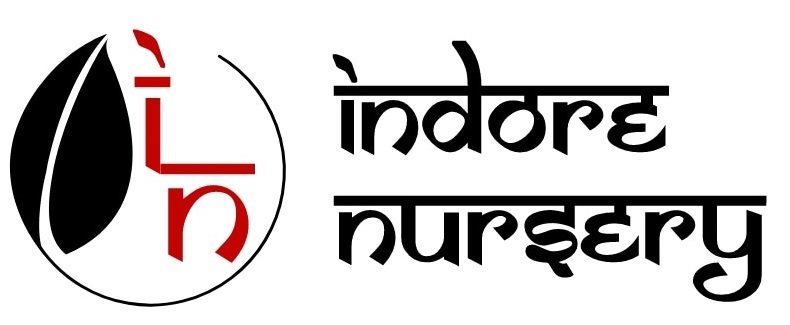
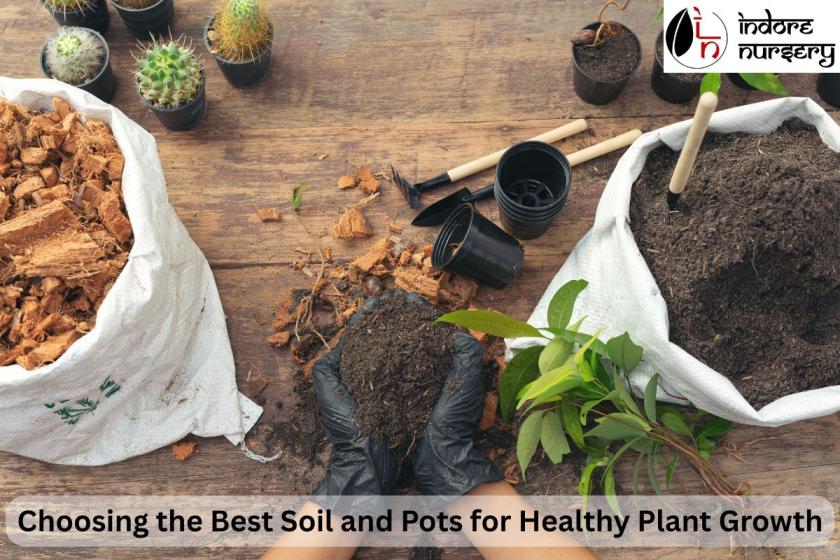

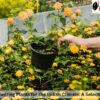

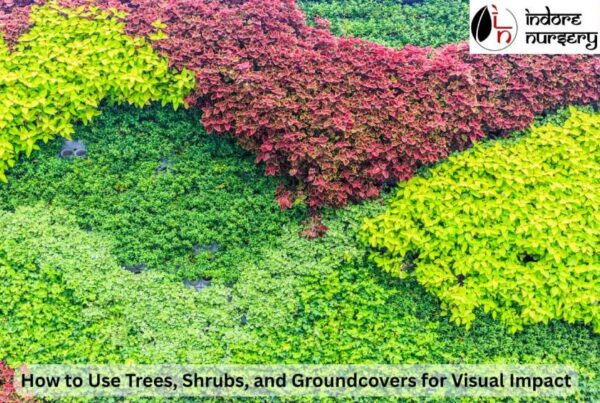

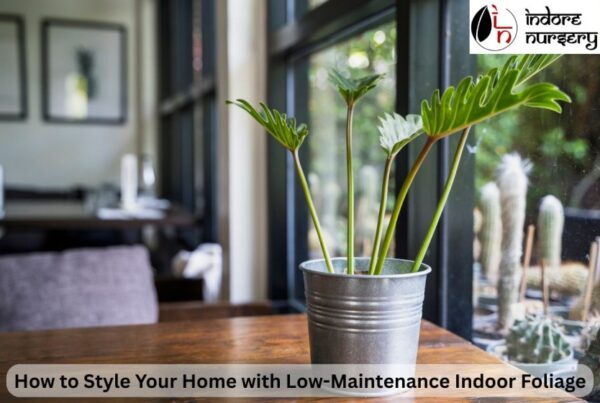

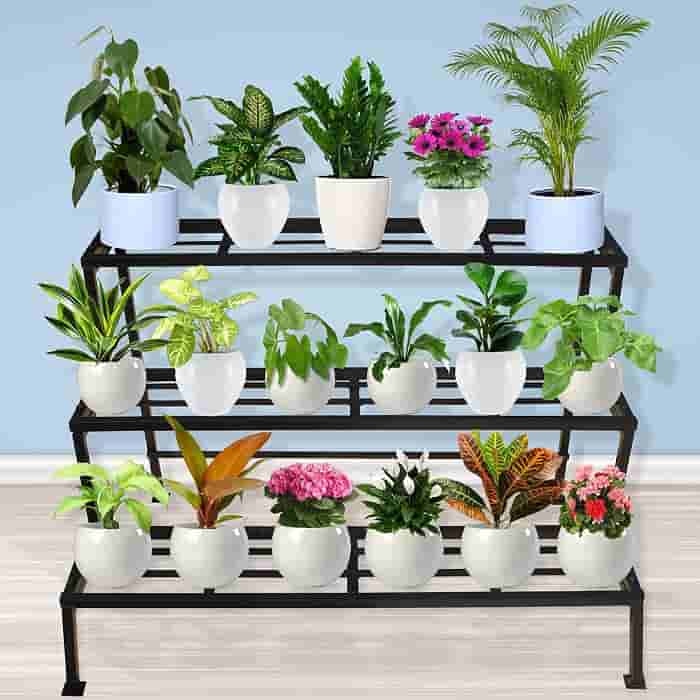
Recent Comments